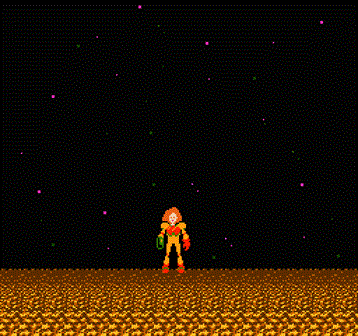The entertainment industry’s strongest displays of diversity are the ones that do not feel overbearing. They do not scream, “Hey, this is the anti-sexist/anti-racist part.” When conveying progressive messages, subtlety can be particularly powerful.
While it may sound surprising, I look to the original “Metroid” game as being one of the more profound examples of this. The game is a classic. First released in 1986 for the Nintendo Entertainment System, “Metroid” follows a bounty hunter named Samus who hunts down and destroys evil alien parasites that threaten the sanctity of the Galactic Federation.
It is a 2D action-adventure platformer that remains one of Nintendo’s most beloved franchises to this day. Many of its ideas and game play designs, like giving players items to backtrack and explore previously inaccessible areas, served as inspiration for many years.
As ordinary as it sounds, at the time the game was mind-blowing due to its lack of linearity. However, “Metroid” was revolutionary in an unexpected way.
In a short cut scene at the end of the game, the heroic Samus is revealed to be a girl. In the ’80s, female protagonists were rare. Women were not often portrayed as capable, strong or able to fight evil. This made the game’s ending a shock of Shyamalan-esque proportions.
That simple decision made Samus a feminist figure whether the developers planned it or not. The game never hints at Samus being a woman. One would simply assume that she was a man based on how entertainment was slanted during the ’80s. During that time, games leaned more towards the masculine leads and the female characters were used to help the male characters move ahead.
Women were almost entirely looked at as damsels in distress. Just look at Nintendo itself. Its most popular characters were Mario and Link, both of whom were tasked with saving a princess. Samus was different.
It is an almost unequivocally beautiful message to send to players. A kind of political message that does not feel overbearingly political and still manages to send a resounding sentiment about equality. It is like a nonchalant way of going about diversity and inclusivity.
A person’s gender should not be a defining factor of their character. It is easier to demonstrate equality when it is treated more as a secondary factor. Ironically enough, sometimes it is the little nuances in things that can leave the most indelible of impacts.



